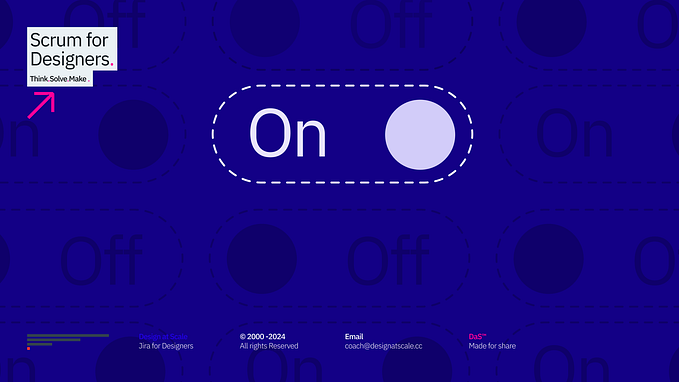Member-only story
A deep dive into those dots on Jira Kanban cards
Is there a pattern to the madness?

If your team is like mine, it may take you a while to upgrade the versions of software you use — especially when the differences aren’t completely understood, or all the features you need aren’t yet available in the new version. Don’t get me wrong, this isn’t one of those “people don’t like change” situations (at least not for me personally), it’s just that we always have a lot on our collective plate, and upgrading the tools we use isn’t always the highest priority.
I say all that because, if you’re already using Atlassian’s next-gen Jira projects, which they launched seemingly forever ago back in 2018, then you won’t have noticed those dots on the kanban cards that I’m referencing, because Atlassian hasn’t yet added them back in.
If, though, you haven’t yet moved to the new new (perhaps because the next-gen projects are still missing a bunch of features you probably want or need), then you probably know exactly what I’m talking about here.
Lo and behold, the dots:
What Are Those Dots?
If you hover over the dots, which I’m sure you’ve done before, you will get an inkling into what they mean. In the above example, on hover, it showed me a helpful tooltip of “3 days in this column”. Now we’re onto something!
If you experiment more with that hovering technique, you may start to notice a pattern. Another ticket with that yellow dot says “4 days in this column” — close to the previous one, seems reasonable. When there are red circles, which themselves come with more total dots, the numbers seem to be higher. Makes sense, red is “worse” than yellow.
But still, you may wonder, what exactly is the pattern?
The UX here leaves a lot to be desired. The Atlassian engineers are clearly trying to tell us something, with a pattern of some sort, but they’ve made it obtuse enough that it’s not clear what’s going on at first glance. Or even at second or third glance.






